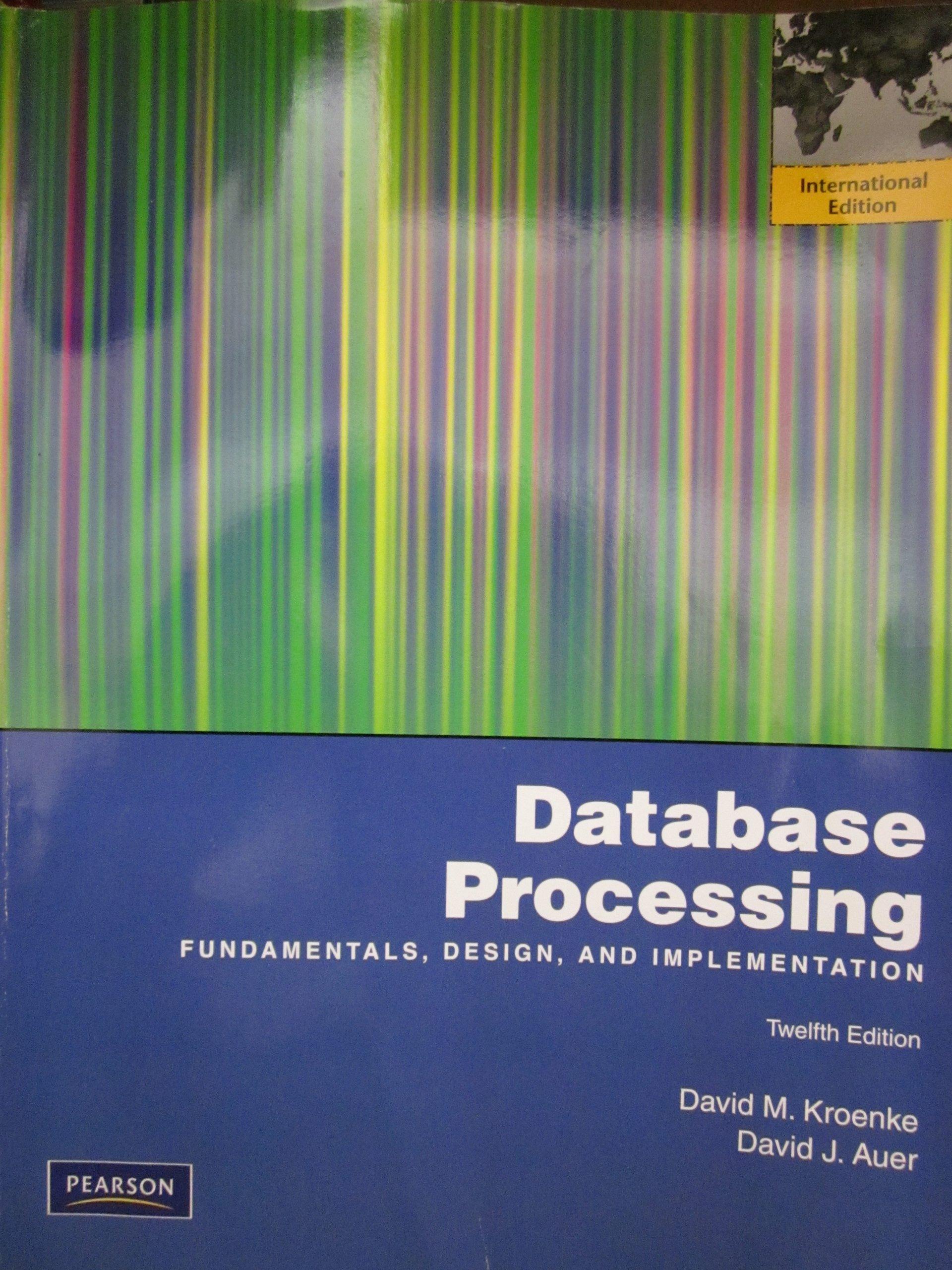Answered step by step
Verified Expert Solution
Question
1 Approved Answer
[3 pts] What is the average CPI for the FP version of the ERAU Run? Avg. CPI = 6.842 [3 pts] How long will it

- [3 pts] What is the average CPI for the FP version of the ERAU Run?
Avg. CPI = 6.842
- [3 pts] How long will it take to execute this FP version of ERAU Run on our (pretty slow) hardware?
Run time = 1.30 sec
- [3 pts] What is the MIPS rate for our hardware with the FP co-processor?
MIPS = 14.615
If we compile the ERAU Run with the no-FP-hardware option and then measure the running time of the resultant (integer equivalent) program, we get a time of 4.25 seconds.
- [3 pts] How much faster is our program when we compile with the floating point co-processor option than when we compile without it?
- [8 pts] What is the average number of integer instructions being produced by the compiler to replace each floating point instruction? (Average over all FP instructions; you have no way of telling how many integer instructions to replace an FP add versus how many for an FP divide, for example.) As per the third row of the table above, continue to assume that the CPI for all integer instructions is 5
- [2 pts] What is the MIPS rate of our hardware executing this integer-equivalent version of the ERAU Run?
Step by Step Solution
There are 3 Steps involved in it
Step: 1

Get Instant Access to Expert-Tailored Solutions
See step-by-step solutions with expert insights and AI powered tools for academic success
Step: 2

Step: 3

Ace Your Homework with AI
Get the answers you need in no time with our AI-driven, step-by-step assistance
Get Started


